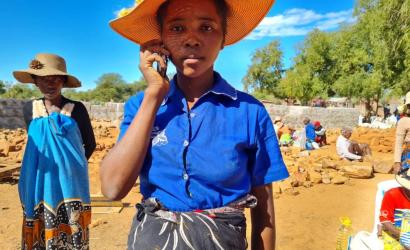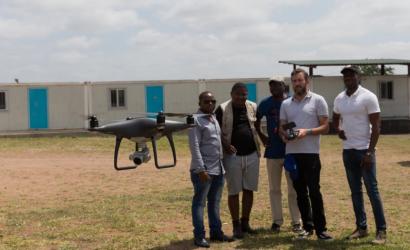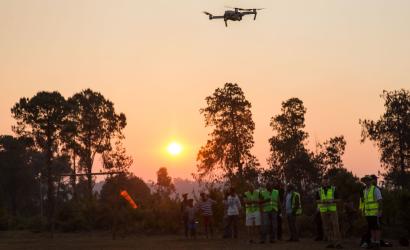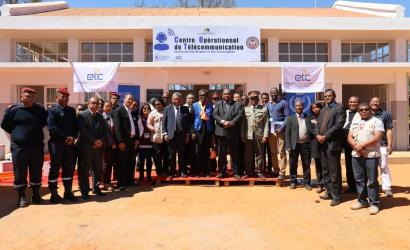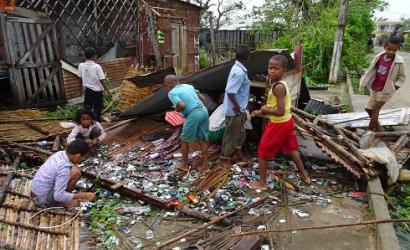Madagascar
The ETC conducted a preparedness mission to Madagascar in September 2021 (see report) and followed up with another mission to support the establishment of a Common Feedback Mechanism in July 2022 (see report) following Cyclone Batsirai which devastated the country in February 2022.
Information on the country's ICT profile can be found below.
ICT Profile
| Bureau National de Gestion des Risques et des Catastrophes (BNGRC) |
Ministère des Postes, des Télécommunications et du Développement Numérique
Regulatory Authority of Communication Technologies (ARTEC)
26.97 million (2019)
On average, Madagascar experiences over US$100 million in combined direct losses from earthquake, floods, and tropical cyclones each year. However, a specific event such as severe tropical cyclone can produce significantly larger losses. For example, results suggest that a 100-year return period tropical cyclone event would produce direct losses of $810 million and require approximately $190 million in emergency costs.
Malagasy ariary
40.57
SOURCE: ITU, 2018
0.104
SOURCE: ITU, 2019
31.3
SOURCE: GSMA Intelligence 2020
65
SOURCE: GSMA Intelligence 2020
This describes some of the regulations and rules related to emergency telecommunications in Madagascar.
Law 2003-010 National Strategy for Disaster Risk Management, 2003
According to the law, risk management and disaster fits into the overall framework of activities relating to civil protection and security. The guiding principles are: guarantee the protection of the population and of the environment; improve the resilience of the population in cases of risks and catastrophes; and develop conditions to reduce the vulnerability of the population - although there is no explicit mention of climate change adaptation.
The enforcement will introduce three major changes. There will be complete liberalisation of the Madagascan telecoms market; new entrants to the market will be expected to pay a minimum of EUR40 million in licence acquisition costs; and sharing of infrastructure – namely base transceiver stations (BTS) – in order to reduce costs and impact on the environment.
A multilateral treaty governing the provision and availability of communications equipment during disaster relief operations, particularly as regards the transport of radio and related equipment over international boundaries. Madagascar signed the Tampere Convention on 12 September 2002.
| There are active drone regulation laws in Madagascar. |
| Submarine cable of more than 10,000 km long, connecting Sudan to South Africa, with 09 landing points |
3,200 km length cable connecting Reunion Island, Mauritius, Madagascar, and South Africa
Network of more than 100 km long deployed, with grid coverage of 100% of administrative and economic zones of the capital
Backbone network infrastructure spreads throughout the island, with length up to 5,000 km, and is organized in 4 secured loops
Comoros, Mayotte and Madagascar connected via a 400 km long cable, with 2 landing points
930 Hotline; An innovative digital early warning system for natural disasters in Madagascar. The beneficiaries are able to choose between Malagasy, French, and Sakalava.
EU-funded. Managed by The National Office for Risk and Disaster Management (BNGRC) and Medair.
